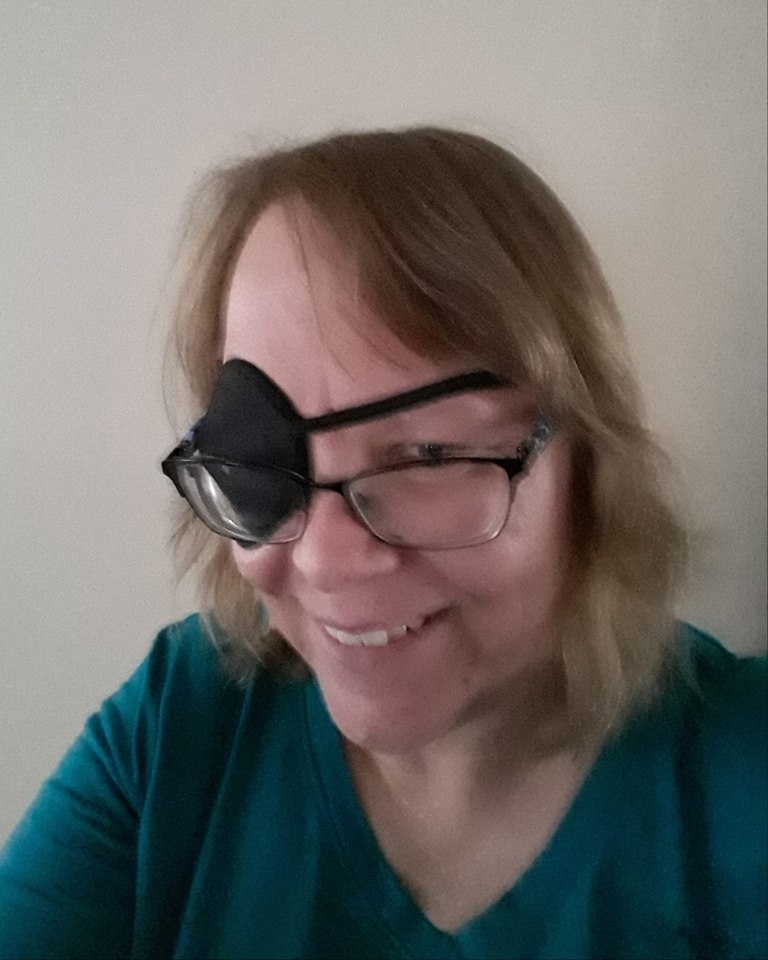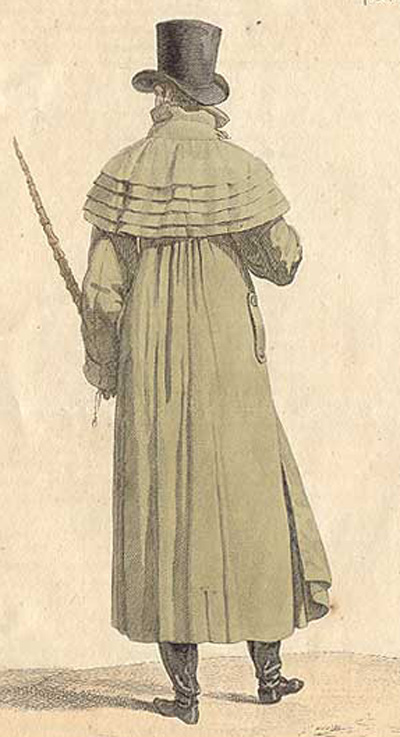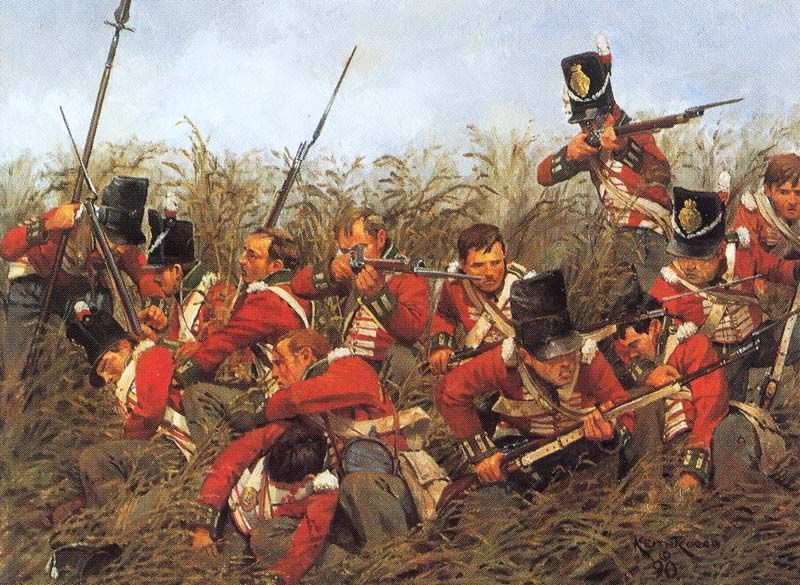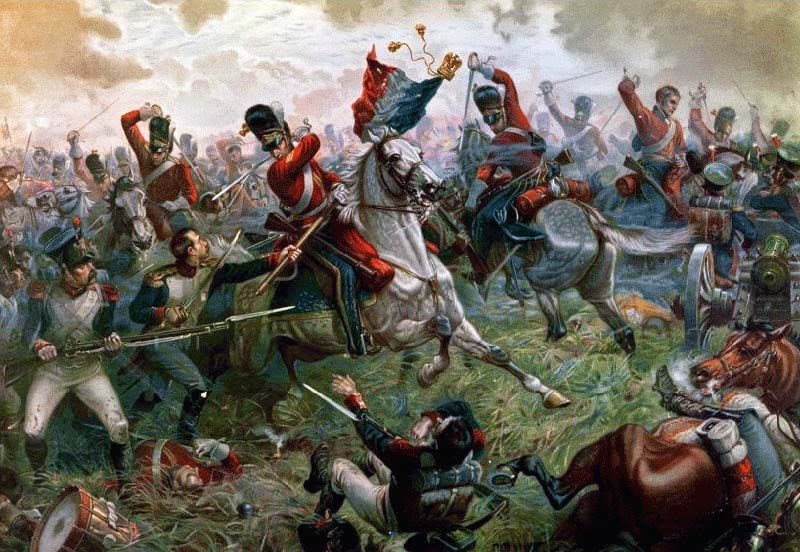
Hi, everyone. I know it’s been a while since I’ve posted. I’ve been missing the Riskies while dealing with an eye issue that has been flaring up off and on since last May and taking longer to heal each time. I won’t go into details, but I have dry eyes and something additional going on in the right which several good cornea specialists I’ve seen haven’t been able to treat to their satisfaction, though I’ve been slowly getting better. I have an appointment in early April with one of the top experts in dry eye and related conditions, and I’m hopeful that she will figure this out–and how to keep it from happening again.
In the meantime, I’m trying some general health changes (like taking fish oil pills) that may help and can’t hurt. I’m also trying to get better about resting my eyes–as soon as they feel better, I start overdoing.
Since the left eye works OK, I can drive, read, write, work on the computer, etc… The problem is with how long I can do these things. Even covered by the patch, the right eye is somehow trying to focus along with the left and starts to hurt after about 10-15 minutes of eye-intensive activity. Which means I now set a timer, work in 10 minute spurts followed by as much as 30 minutes of rest. Not great for an writer and avid reader!
This is why I’ve been largely off the blog and off Facebook. I need to save my eyes for mundane things like paying bills, working on taxes, and filling out financial aid paperwork.
Anything left I’m trying to devote mostly to writing–which is progressing slowly. I’ve thought about trying dictation software, but I have a messy writing process–crappy first drafts and lots of rearranging and rewriting. I’m not sure there’s a way to use dictation software that way, or if I’d need to change my process so the messy parts happen in my head and then I can dictate the cleaner result. For now, I’m just accepting slow progress and hoping for healing. (People have recovered from conditions like this, but it takes time.)
In the meantime, things that are helping me stay sane are audiobooks and music. I’ve taken up the piano again, and since I’m starting with pieces I used to play, there’s little reading required. I’ve also recently unpacked my classical CDs and have been finding all sorts of forgotten treasures amongst them. I’ve been playing some of my favorites as a way to wind down before going to bed, since gratitude journaling and Zen doodling are out for now.
Here’s an example of the sort of piece I like to listen to before bed and a great piece for Anglophiles–“The Lark Ascending” by Ralph Vaughn Williams, performed by the Academy of St Martin-in-the-Fields, with Iona Brown as the violin soloist and Neville Marriner conducting. It’s just what I need, reminding me of walks I took through the English countryside years ago.
Do you have favorite pieces of music that help you through rough patches? Please share.





